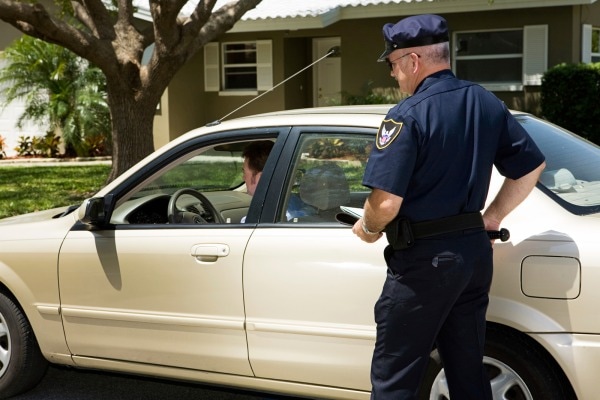
Like the five-day work week and glasses in about an hour, the 3,000-mile oil change is part of the American consciousness. Whether you follow the guideline or not, the number remains the same, decade after decade and car after car. It's been around so long, most of us don't even question its veracity.
But where does the recommendation come from, and is it legitimate?
If you check your car's user manual, you'll probably find you've been changing your oil more often than you need to, at least according to the people who designed your car. Most carmakers abandoned the 3,000-mile (4,828-kilometer) interval long ago, opting instead to advise their customers to go 5,000 or 7,500 miles (8,046 or 12,070 kilometers) between oil changes [source: MEMA]. Some people even go 10,000 miles (16,093 kilometers) or more without any guilt -- or damage to the engine.
The 3,000-mile guideline dates back to a time when motor oil wasn't quite as advanced as it is now. It used to be that if oil were left in the crankcase too long, it would start to degrade, causing a buildup of sludge [source: Torbjornsen]. But over the years, as tailpipe-emissions regulations have changed, so have engines and the oils that keep them running smoothly. Today's motor oils don't break down as quickly. Under ideal driving conditions, some synthetic oils can go about 25,000 miles (40,233 kilometers) [source: CIWMB].
Of course, driving conditions are seldom ideal. Lots of idling, stop-and-go traffic, extremely hot or cold weather, humidity and towing can all decrease the lifespan of engine oil. Plus, every car is a little different. The interval that is perfectly fine for one car could be way too long for another. So in reality, very few drivers will go 25,000 miles without an oil change, even if they spring for high-grade synthetic oil. And most of them shouldn't, although some can go 10,000 without a problem [source: CIWMB].
And yet most people still aim for 3,000-mile changes, perhaps because they don't know it's excessive, or perhaps because they adhere to an extreme better-safe-than-sorry principle. The result is millions of extra dollars wasted on oil changes and millions of extra gallons of oil potentially polluting the environment.
The best advice, then? Ignore the oil industry and go by your car's user manual, which will probably advise an interval of 5,000 miles or more. You'll save some money -- and possibly keep the world a little greener in the process.
Article courtesy of: http://auto.howstuffworks.com/under-the-hood/vehicle-maintenance/change-oil-3000-miles.htm










